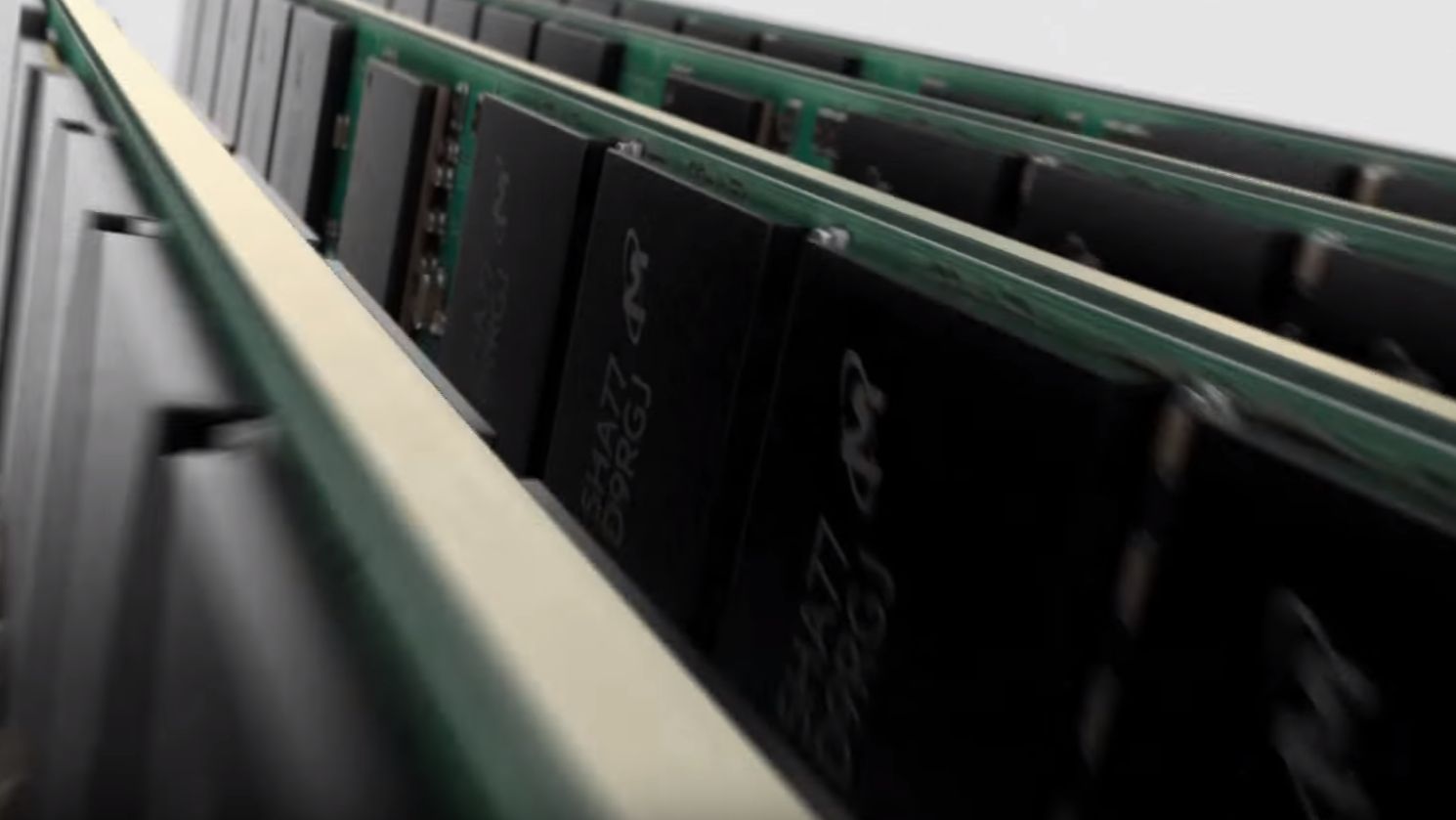A closer look at HP's new revolutionary memory technology
Persistent Memory in the limelight

Two weeks ago, HPE announced a new memory type that promises to change make things slightly more exciting in the world of storage and computing generally.
Dubbed Persistent Memory, it is initially geared at the high-end of the enterprise market although, as history taught us, many useful technologies that started in the B2B space will trickled down to consumers. We put our questions about that new component to Bret Gibbs and Richard Slyfield who both work for Hewlett Packard Enterprise.
techradarpro: How is Persistent Memory (PM) different from traditional RAM?
hpe: Persistent memory is a non-volatile memory solution designed to accelerate applications and workloads while retaining data during power interruptions and system reboots. Traditional RAM stores data that runs programs and applications on a server and requires a power source to retain data.
techradarpro: How is PM different from other existing NVDIMM-F and NVDIMM-N solutions (Sandisk, Micron, Diablo, Samsung, Netlist etc).
Persistent Memory is the category name and the HPE 8GB NVDIMM-N module is our first product offering in this category. HPE is the first server vendor to offer an NVDIMM solution that's integrated at the server level. Significant changes have been made to the server architecture, system BIOS and memory controller to ensure optimum performance levels can be achieved using this NVDIMM-N module on ProLiant.
The NVDIMM hardware is only 50% of the story with Software being the other differentiator. Fundamental changes need to be made at the software and application level to ensure this technology can reach its maximum performance – in its current state the software becomes the performance bottleneck.
Are you a pro? Subscribe to our newsletter
Sign up to the TechRadar Pro newsletter to get all the top news, opinion, features and guidance your business needs to succeed!
HPE has been working over the last 18 months with OS vendors such as Microsoft and Linux to ensure software and applications are changed to allow NVDIMMs to perform to their maximum levels. Customers will see a native inbox driver in Windows Server 2016 specifically for HPE's 8GB NVDIMM-N solution. All of this combined is the difference between HPE and existing NVDIMM solution in the market.
techradarpro: How does it compare to storage-class memory?
Storage class memory is another industry term describing HPE Persistent Memory. HPE Persistent Memory is the HPE name for this product category and we believe it's the best description in the industry for the emerging technology and use cases.
techradarpro: What's preventing HPE from offering higher capacities NVDIMM (currently at 8GB per memory modules)?
This is the first NVDIMM solution that HPE will be offering for ProLiant however this will continue to be a growing category over time with more Persistent Memory products being introduced.
techradarpro: Can you shed more light on how the technology works?
Persistent memory has the resiliency of traditional storage technologies by utilizing higher endurance DRAM and components that help ensure data is moved to non-volatile technology in the event of a surprise power loss. DRAM has much higher endurance than NAND Flash – up to trillions of times higher endurance – which means write-intensive workloads incorporating NVDIMMs not only have higher performance but also can increase the life of SSDs as the writes move to higher endurance DRAM on the NVDIMMs.
techradarpro: Does having two storage solutions in one system not make it more liable to failure?
One of our best practices for the HPE 8GB NVDIMM is to use the software mirroring capability of storage solutions such as Microsoft Storage Spaces. We back our DRAM with NAND Flash but in the unlikely event of an NVDIMM failure, having a mirrored copy on another NVDIMM is a best practice.
techradarpro: What about data security and privacy?
Our NVDIMMs support the Sanitize feature. Media sanitization is defined by NIST SP800-88 Guidelines for Media Sanitization (Rev 1, Dec 2014) as "a general term referring to the actions taken to render data written on media unrecoverable by both ordinary and extraordinary means." Our HPE 8GB NVDIMMs support the Purge level as defined by the standard: Purge: overwrite or erase all storage space that might have been used to store data using dedicated device sanitize commands, such that data retrieval is "infeasible using state of the art laboratory techniques". A copy of the NIST document that provides more detail on the standard is defined here. We are also exploring data at rest encryption for future offerings.

Désiré has been musing and writing about technology during a career spanning four decades. He dabbled in website builders and web hosting when DHTML and frames were in vogue and started narrating about the impact of technology on society just before the start of the Y2K hysteria at the turn of the last millennium.